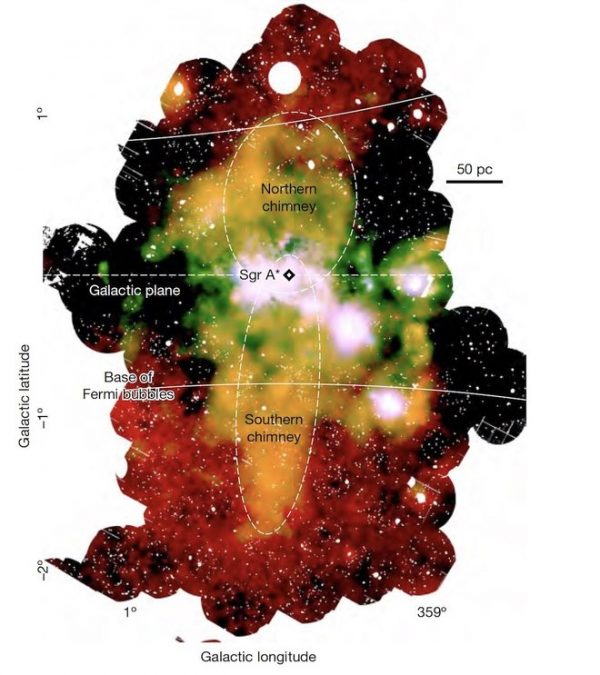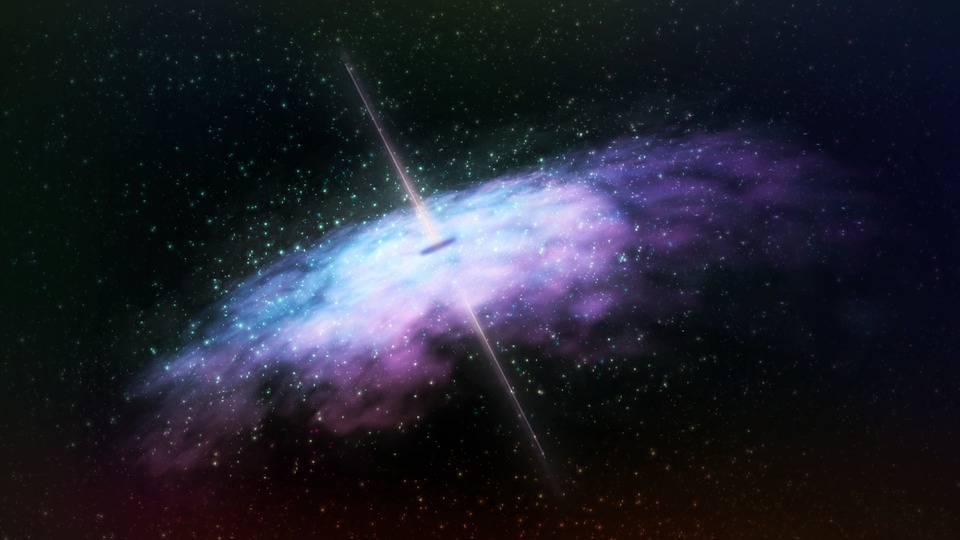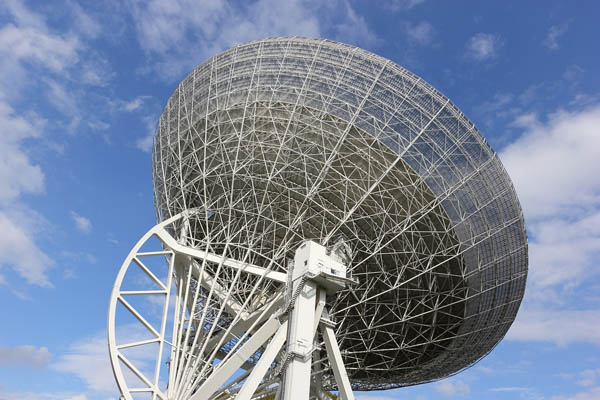SPACE: Are There Glowing Aliens?
Alien life-forms could glow in spectacular reds, blues and greens to shield themselves from stellar bursts of ultraviolet (UV) radiation. And that glowing light could be how we find them, according to a new study. Most of the potentially habitable exoplanets we know of orbit red dwarfs — the most common type of star in our galaxy and the smallest, coolest stars in the universe. And thus red dwarfs, such as Proxima Centauri or TRAPPIST-1, are at the forefront of the search for life. But if extraterrestrial life does exist on these planets, they have a major problem. Red dwarfs … Read more












